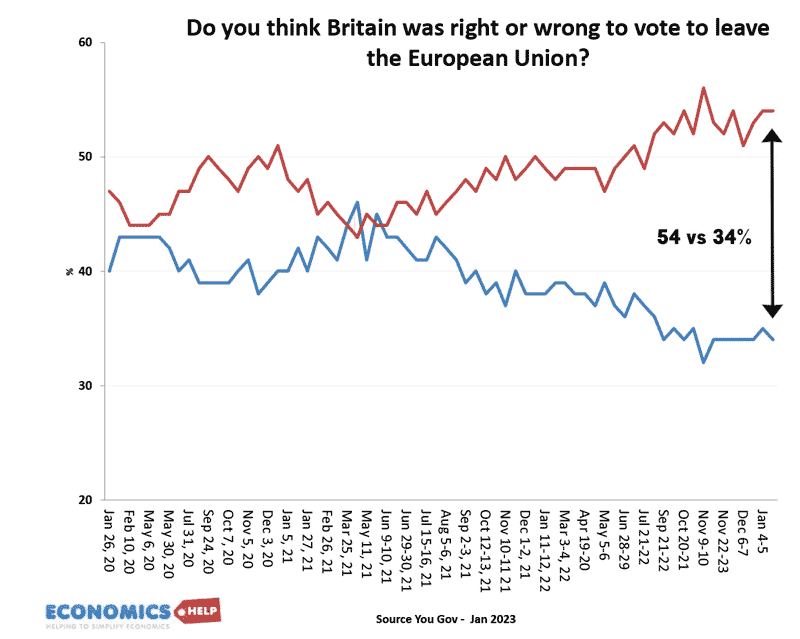
An increasing proportion of Britain’s regret Brexit. The gap has surged to the highest level since 2016. And it is a gap that is set to grow as pro-European young voters replace older Brexit voters leaving the electorate. The current deal is contributing to the UK’s dire economic performance.
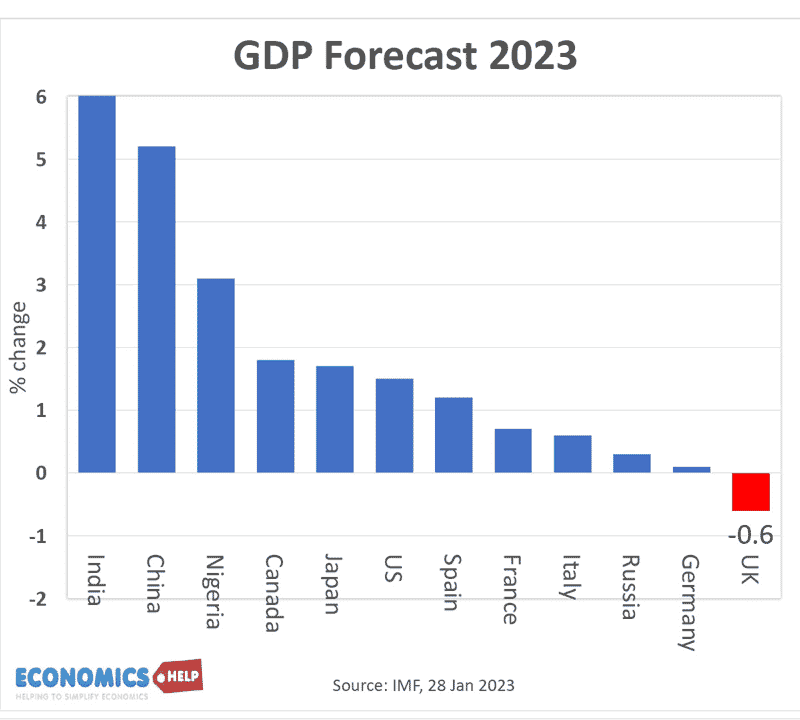
The IMF predict in 2023 the UK will have lower growth than even Russia. And, this is on top of poor real wage growth since 2016. But what does the UK do next? We will look at the different options from rejoining single market and customs unions, to incremental changes such as dynamic alignment.
In the short-term, rejoining the EU is off the table. No political party wants it, the EU don’t really want it, and it would be less attractive than the pre-2016 deal because the UK wouldn’t have same opt outs on the Euro and Shengen. Anyway, any plan to rejoin, would require steady integration over many years, and quite possibly a new generation of politicians.
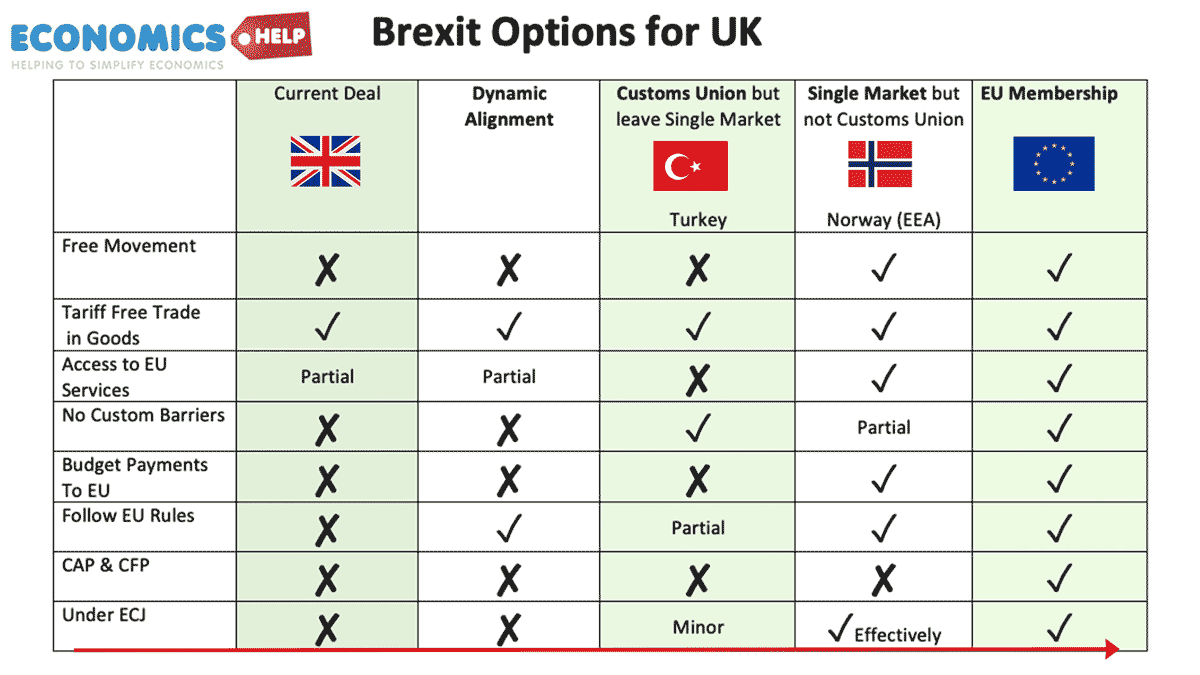
This is a matrix of different options for the UK from the current deal. At the moment, we have mostly free trade in goods, but significant custom barriers. We are not obliged to follow EU rules and do not have free movement. Any shift to greater integration would gain better trade terms but have some trade off like following EU rules or accepting free movement. It is a matrix that has tortured the British political class for the past 6 years. But a general election next year may enable a fresh start.
Firstly, a less confrontational attitude might improve relations. It could also involve finding areas of agreement, such as European Research programmes, Linking Emissions Trading schemes, New Visa Arrangements making it easier to travel. Goodwill and a new start will help ease tensions, but as trade experts say, it is merely tinkering at the edges.
A key feature is a level-playing field. The EU don’t want to be undercut by a Singapore style UK economy, offering low tax and low regulations to undercut firms in the Single Market. This is why regulation is so important
Dynamic alignment
The Labour party is quietly inching towards dynamic alignment. This means the UK and EU would maintain equivalent regulatory standards to each other. In essence, the UK would become a rule-taker from Europe on standards. This is a red line for Brexiteers and has been rejected by the current government. But Labour who are generally keener on environmental standards may feel it is worth improved trade.
If accepted it could enable the removal of most checks between GB and the EU and lead to freer trade. Regulatory alignment may be unacceptable to Brexiteers but is not the kind of issue that is going to swing voters. It’s not very exciting, but an industry-by-industry regulatory alignment would reduce some of the frictions to trade.
Some Brexiteers argue the whole point of Brexit is to go the other way and diverge as much as possible from European regulation. Brexiteers argue that full deregulation would give the UK a competitive advantage in sectors such as AI and financial services.
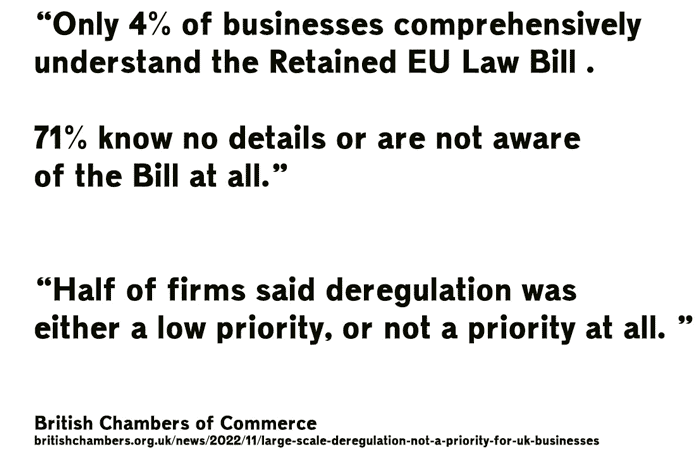
However, it is not clear business values different regulatory standards. The British Chambers of Commerce report that for most businesses deregulation is not a priority at all. Also, de-regulation risks environmental costs and the financial turmoil of the credit crunch which followed past financial deregulation.
A customs union involves a common external tariff. It does not require free movement of labour. A Customs Union option very nearly passed in Parliament under Theresa May back in 2018. There would be quite a few advantages. There would be less customs checks. For example, Eurostar are running trains at 30% empty because they cannot process extra post-Brexit checks. It would also make it easier for small business to export to Europe, because currently custom forms and checks are very expensive.
Something that often comes up is Swiss style Trade Deal. But, this is unlikely to occur The EU don’t like Swiss style bilateral deal. Also, what is not often talked about is that the EU quite like the current UK-EU Trade co-operation (TCA) because it provides tariff free trade in goods (where the EU has surplus) but more restrictive in services (where the EU had deficit) The EU are only going to bargain in their self-interest. The hope is to have our cake and eat it, is not going to happen.
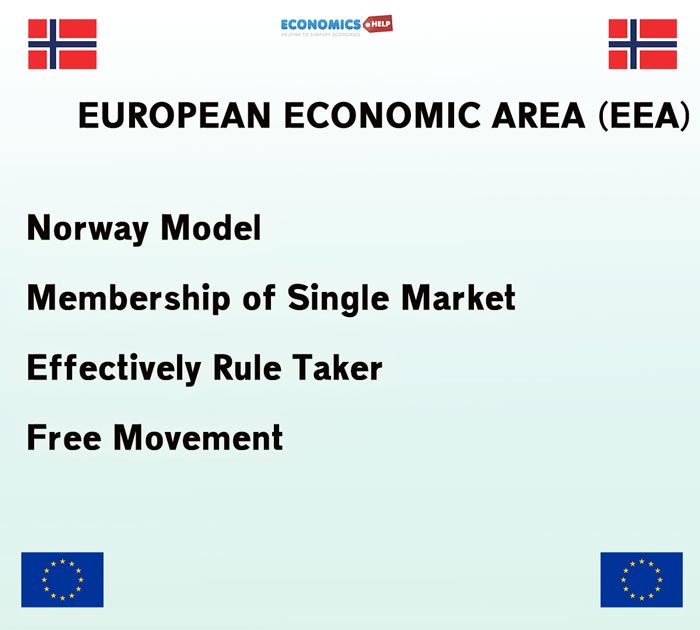
One option worth considering in the long-term is the European Economic Area. It includes three EFTA countries Norway, Iceland and Liechtenstein – one small country and two minnows. You could argue it is like a purely economic version of the EU. In the past Brexiteers used to talk fondly of Norway having the benefits of single market but without being sucked into a European superstate. It involves the single market, four freedoms, being essentially a rule taker and subject to decisions of ECJ.
It is quite popular in Norway and the country is quite settled on its European compromise. Of course, admitting the UK into the EEA would raise different issues because of the size of the UK economy and it is not clear Norway and the EEA would be so keen to rock the boat with the UK potentially a ‘troublesome’ partner. However, it could be a long-term solution to aim at.
Further Reading

Turkey has custom barriers with the EU for many goods, she’s not in the EU custom union, she’s in a partial custom union with the EU which is something very different that doesn’t cover many goods let alone services.